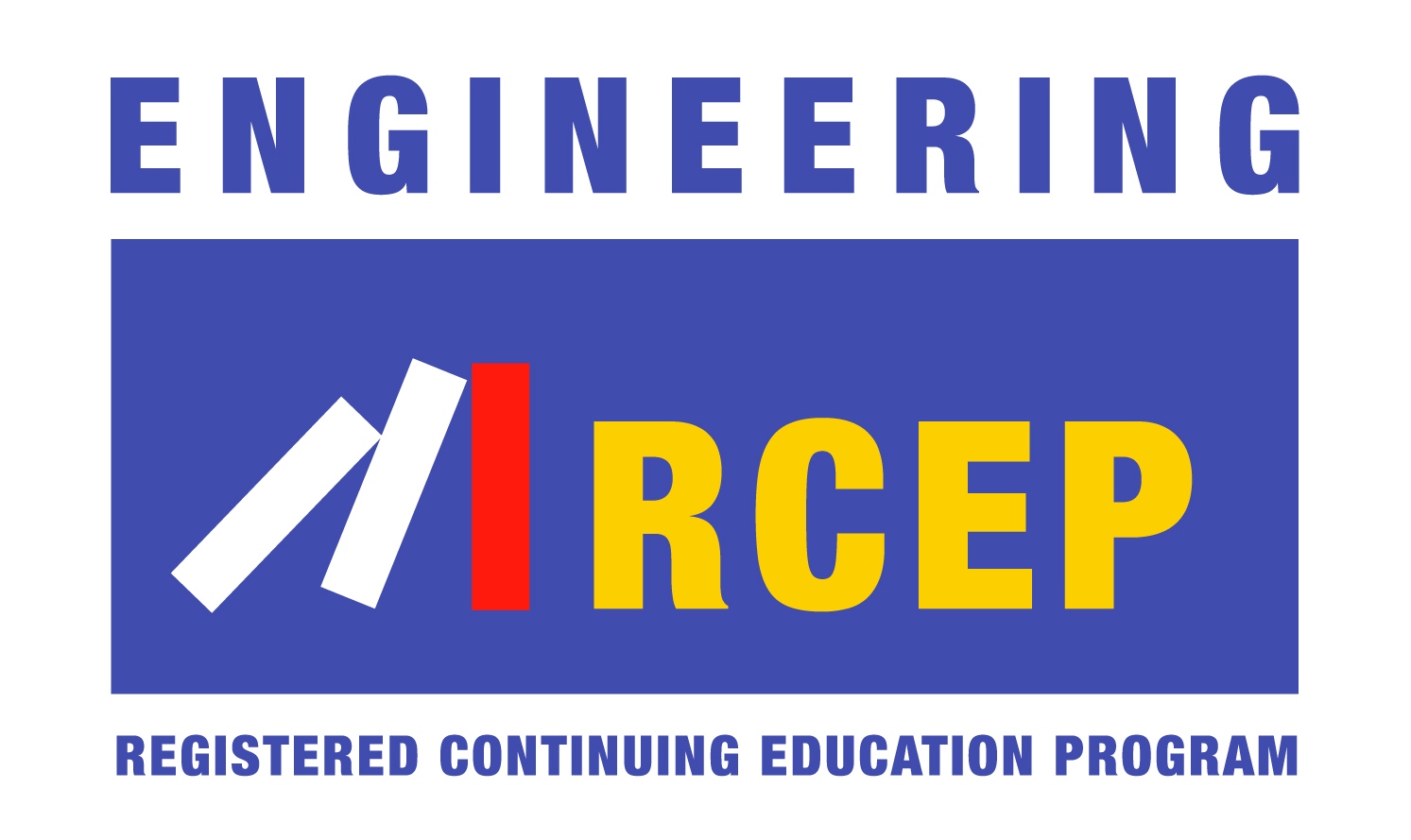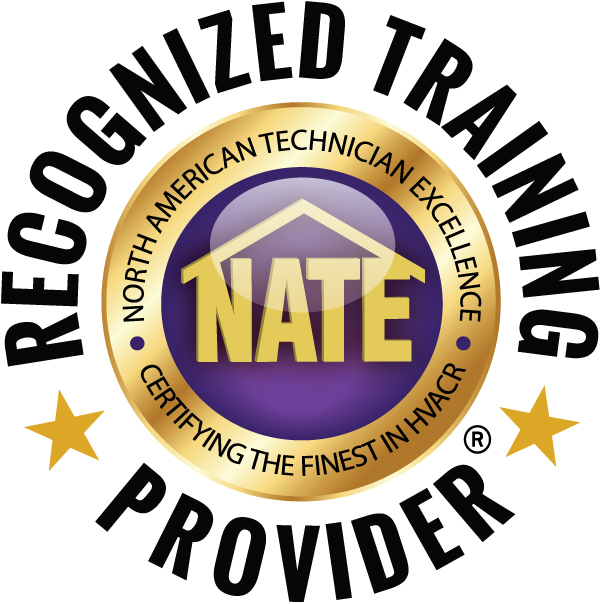Understanding Thermal Systems: Hydronic Heating and Cooling
Learning Objectives:
- Define the importance of flow control in HVAC hydronics systems.
- Discover the characteristics and benefits of flow control valves.
- Explain why balancing a hydronics system is essential to its optimal operation.
- Gain a basic understanding of the different hydronics HVAC controls.
Credits:
As an IACET Accredited Provider, BNP Media offers IACET CEUs for its learning events that comply with the ANSI/IACET Continuing Education and Training Standard.
This course may qualify for continuing education through the FBPE.
This course may qualify for continuing education through the NYSED. For further information, please visit the NYSED website at http://www.op.nysed.gov/prof/pels/peceques.htm.
Purpose statement:
The purpose of this course is to recognize how effectively hydronic equipment relates to the total system is determined by its capacity to deliver or dispel heat or cooling efficiently.Below are a set of links to articles from Engineered Systems. Click on each link below to read the articles and then complete the quiz to earn your credit and certificate of completion.
How effectively hydronic equipment relates to the total system is determined by its capacity to deliver or dispel heat or cooling efficiently. Piping and pumping are key factors in designing and building an efficient system. Beyond piping and pumping, there are numerous components involved in a hydronics system that determine its effectiveness. This course will examine the sector’s various components and put your water-based knowledge to the test.
In HVAC Hydronics, What's Not Directly Measured is Not Directly Controlled
Flow control need not be as difficult as it is sometimes perceived to be.
Steven G Liescheidt P.E., CCS
Sizing Hydronic Systems Is Truly a Balancing Act
Balancing is not an expense but, rather, an investment in indoor comfort and energy efficiency.
Amit Bhansali P.E, PMP, CEM, BEMP and Luciano Belo P.E
Take Control Of Your System With Differential Pressure Control
The ultimate goal of every heating and cooling installation is to provide the desired indoor climate at the lowest possible energy cost. In practice, however, even the most sophisticated controllers don’t always perform as promised.
Bjarne Andreasen
Optimizing Hydronic Flow
Water is a much more effective way to transport energy around a building than air, but it is not without its struggles.
Mike Davis P.E. and James Regan

Photo courtesy Adobe Stock/Fotolia








